Photo

CURATOR’S CHOICE: Find out why this nearly thousand-year-old silver mask is Hiromi Kinoshita’s favorite piece in “First Look: Collecting for Philadelphia.” Ok … it might be a tad rare … but there’s more. Watch.
Funerary Mask, late 10th–early 12th century, China
234 notes
·
View notes
Text

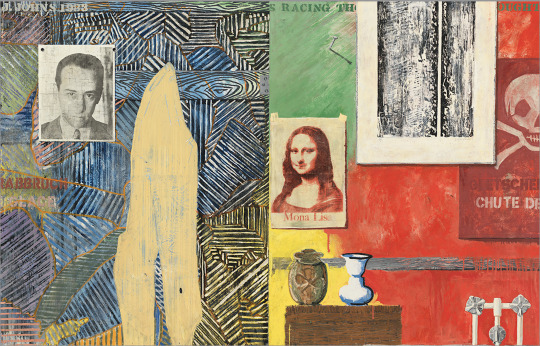
Jasper Johns liked Barnett Newman's early lithograph, Untitled (1961) [top, via MoMA] so much that he bought one. And in 1983 he included it as an element in several paintings (and related prints), including Racing Thoughts (1983) [below, via Whitney]
5 notes
·
View notes
Text

Franck Gérard, born in 1969, is a French visual artist
18 notes
·
View notes
Text

Hans Theo Baumann, Untitled (Tapestry), 1973, Bonn, Ausbildungsstätte für den Auswärtigen Dienst.
452 notes
·
View notes
Text


Gold bracelet, Tierrandentro culture, Colombia, 200 BC - 900 AD
from The Museo del Oro, Bogota
287 notes
·
View notes
Text

Willem de Kooning - Untitled, 1955, oil and tape on paper collage laid down on board, 41.3 x 36.2 cm
38 notes
·
View notes
Text
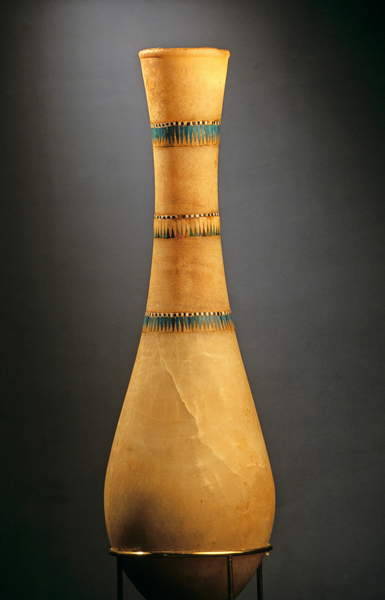
Tutankhamun Tall Vase Inlaid with Faience
A brownish residue from a perfumed oil was found inside this Egyptian alabaster tall vase from the Tomb of Tutankhamun. Oils, essential for rituals, were highly valued. The Tomb of Tutankhamun contained various artifacts, including perfumed oil vases.
This vase was discovered during the excavation of his tomb in the Valley of the Kings in Egypt. It is believed that the vase was used to hold perfumed oils or other aromatic substances, which were commonly used in ancient Egyptian rituals and for personal grooming.
New Kingdom, late 18th Dynasty, ca. 1332-1323 BC.
Tomb of Tutankhamun (KV62), Valley of the Kings, Thebes.
To be in the Grand Egyptian Museum. GEM. 70
Read more
47 notes
·
View notes
Text
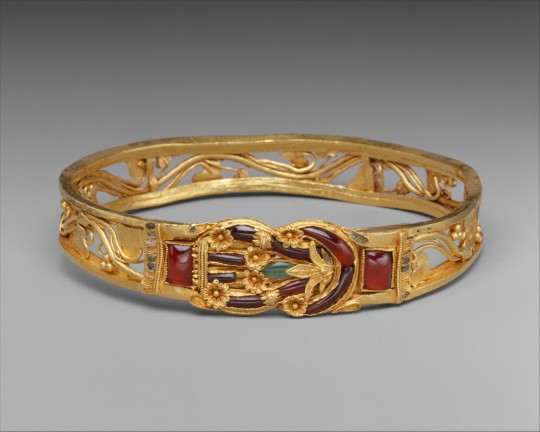
Gold armband with Herakles knot
Hellenistic period
3rd–2nd century BCE
Gold inlaid with garnets, emeralds, and enamel
3 1/2in. (8.9cm)
The Herakles knot on this sumptuous armband is enriched with floral decoration and inlaid with garnets, emeralds, and enamel. According to the Roman writer Pliny, the decorative device of the Herakles knot could cure wounds, and its popularity in Hellenistic jewelry suggests that it was thought to have the power to avert evil.
from The Metropolitan Museum of Art, New York
#greek art#hellenistic art#ancient artifacts#ancient art#antiquities#archeology#herakles#carnelian#met museum
162 notes
·
View notes
Text

Pendant made from gold, rock crystal, lapis lazuli, carnelian, and turquoise, Egypt, 16th-11th century BC
from The Miho Museum, Kyoto
650 notes
·
View notes
Text
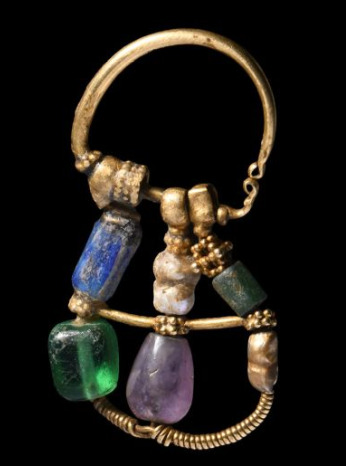
Gold earring with amethyst, lapis lazuli, and glass beads, Greek, 5th - 3rd century BC
from Timeline Auctions
497 notes
·
View notes
Photo

Cy Twombly, Untitled, (collage (drawing paper, shredded drawing paper, transparent adhesive tape, glue), acrylic, pencil, wax crayon), Gaeta, 1989 [© Cy Twombly Foundation, New York, NY]
/ l'Altissimo /
1K notes
·
View notes
Text

Gold and garnet cross pendant, Byzantine Syria, circa 475-525 AD
from The Louvre
169 notes
·
View notes
Text
The mysterious Pompeii bracelet
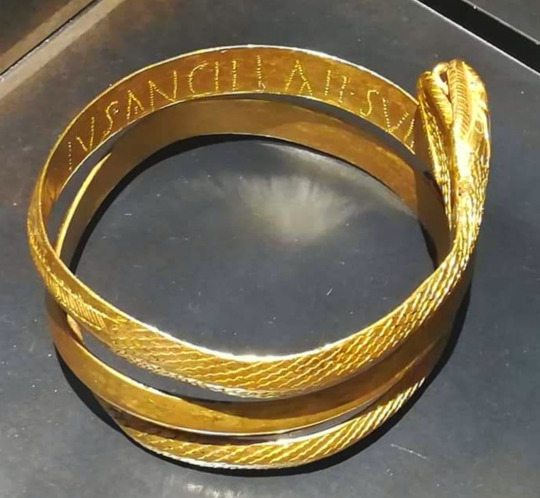
Found in the reamains of a young woman, inside an inn, it is the only specimen in the museum that has an inscription: "DOMINUS ANCILLAE SUAE" which means "From the master to his slave girl."
In a documentary I heard an expert on ancient Rome and Roman jewelry say, "It was unusual for a master to give gifts to his slaves, much less gold gifts, this is a mystery."
214 notes
·
View notes
Text

“Kogan («Weathered Shore»), Shino Water container. H. 18,0 cm. Important Cultural Object. Hatakeyama Collection.”
From: “Classic Stoneware of Japan, Shino and Oribe” by Ryoji Kuroda, Takeshi Murayama.
18 notes
·
View notes


